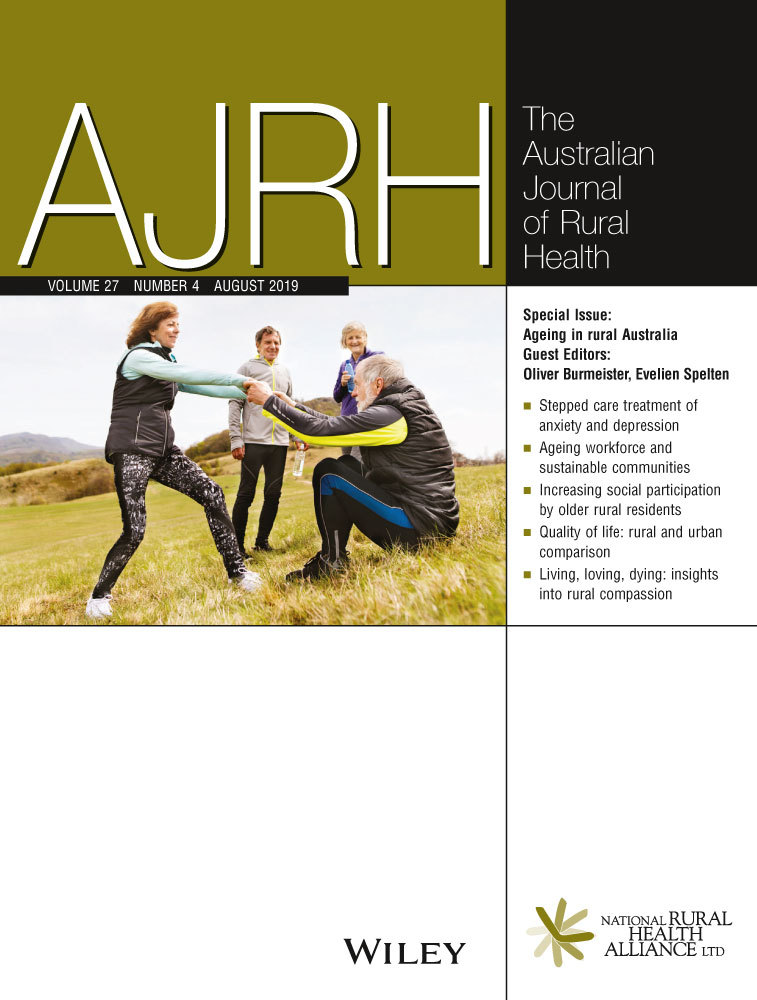Rural palliative care to support dying at home can be realised; experiences of family members and nurses with a new model of care
Abstract
Objective
While 60%-70% of people would prefer to die at home, only 14% do so. Families in a rural environment feel particularly unsupported in fulfilling this last wish of their loved one, which reflects the general shortage of health care workforce and resource allocation to institutions. The aim of this study was to describe the experience of families and nurses with extended rural palliative care to support dying at home.
Design
Semistructured interviews were conducted with family members and nurses. Process data were included to describe the frequency and nature of contacts. The results were analysed using descriptive analysis.
Settings
A rural town in Northern Victoria, Australia (Australian Statistical Geography Standard-Remoteness Area).
Participants
Ten family members and four nurses were interviewed.
Main outcome measures
Experience with the extended palliative care service and with the dying at home process.
Results
All patients in the project died at home. The families were very positive about the extended palliative care; it increased their familiarity with dying, and had a positive impact on bereavement. The nurses were equally positive, but also commented on the need to debrief and on the heavy emotional toll the work takes.
Conclusions
Rural care support for dying at home can be realised. This study has demonstrated the positive impact of an end-of-life service, while at the same time pointing to concerns of the nursing staff on the suitability of the model of care. Health care workers and communities alike need to be educated and have conversations on end-of-life care.




